Discover the Lake District, England
Article supporting senior couples and solo travellers with articles of interest about England, the romantics of the lake district. As well as tours and walks in the Lakes.
7 Sep 21 · 8 mins read
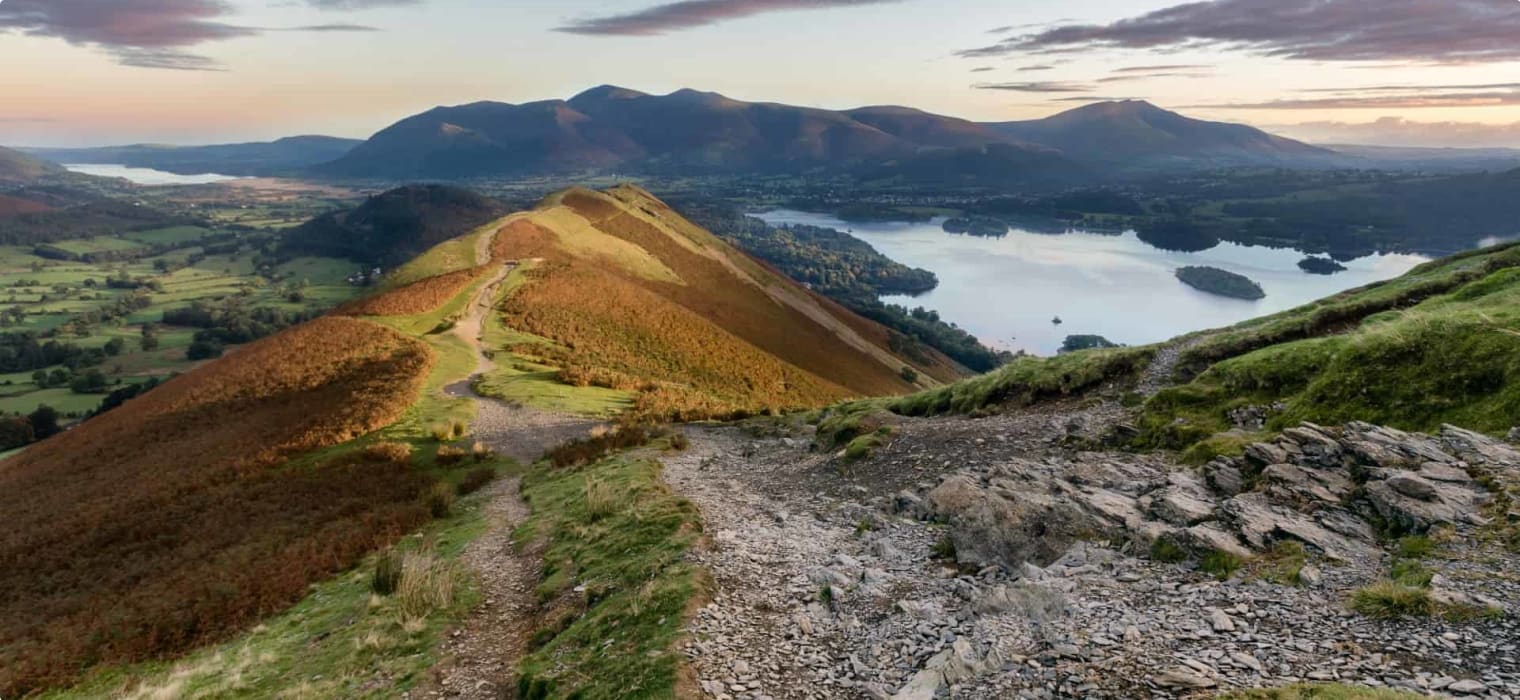
Discover England’s Lake District.
The Lake District, nestled in the north west corner of England, is home to some of the most spectacular and dramatic scenery in the United Kingdom. Designated as a national park in 1951, this breathtaking region of craggy hill tops and spectacular view(s) has attracted visitors for centuries. Known primarily for its landscapes, the region is also famous as the birthplace of British Romanticism.
The Lake District as a National park
The Lake District, part of the county of Cumbria, is the largest of the United Kingdom’s National Parks. The national park contains 16 lakes, including Lake Windermere, England’s largest natural lake, and more than 150 high peaks, four of which are over 1,000 metres, including England’s highest mountain, Scafell Pike.
About 18 million people visit the Lake District each year, eager to experience the Lake District’s beautiful scenery and panoramic views, injecting roughly £1.2bn into the local economy. Visitors and travellers create some 18,000 jobs in the Lake District.
The Lake District was declared a World Heritage Site in 2017, which will protect its natural beauty into perpetuity. It joins such iconic landmarks as Stonehenge, the Great Barrier Reef, and the Taj Mahal in the ranks of sites with international significance. It is the first national park in the United Kingdom to be granted this status.
The UNESCO committee singled out the area’s beauty and agriculture. They also noted the inspiration it has given to a diverse range of artists and writers, including JMW Turner, John Ruskin, William Wordsworth, Samuel Taylor Coleridge, and Beatrix Potter.
The preservation of the Lake District’s natural beauty continues. In June 2019, the National Park Authority purchased Brackenthwaite Hows. A popular stopping point for tourists in the Georgian and Victorian eras, the hill top view was immortalised by JMW Turner in his 1797 watercolor, Crummock Water, Looking Towards Buttermere.
Geography of the Lake District
The vast majority of the Lake District National Park comprises three broad bands of rock. These formations trend from SW to NE. This rock band is made up of the Skiddaw Group in the northwest, formed about 500 million years ago. Skiddaw mainly consists of metamorphosed mudstones. The Borrowdale Volcanic Group has outcrops in central Lake District. This region comprises lava and ash flows that erupted during a cataclysmic period of vulcanism, which occurred over 450 million years’ ago. The Windermere Group, in the Park’s southeast, includes slates, siltstones, sandstones, and limestones formed in shallow tropical seas. Hidden beneath is a batholith of granite. This batholith has moved them upwards, over millennia, into a central dome of mountains.
The Central Lake District is ringed by a glaciated massif of mountains and ridges intersected by wide, steep-sided U-shaped valleys often occupied by ribbon lakes. The southern Lake District fringes are typified by limestone ridges flanked by wooded slopes and lake-filled valleys. On the mountain fringes the fells give way to more muted scenery; low hills and valleys often filled by drumlin suites. The coast is a mixture of sandstone cliffs and depositional dunes, which also occur in the south along the fringes of wide, silt filled estuaries with large tidal ranges.
The Lake District is a textbook instance of glacial landforms. The landscape still bears evidence of the fact that it was formed, millions of years ago, by a series of ice flows moving out from a central core. This ancient geological process gives the region the distinctive geography that tourists enjoy exploring to this day.
A Geographically Distinctive Region
The Lake District’s rich soil has built up over the course of millennia, and is largely the result of high rainfall. What makes the National Park especially wet and the rainfall more intense is the process of relief (orographic) rainfall caused by the upland area of fells. The young, characteristically shallow, acid, stony soils formed of glacial till found in the high fells are known as rankers. Excessive leaching led to the formation of podsols: pale, sandy bands beneath the organic horizon, often underlain by an iron pans. Brown Earths, loesses and rendzinas occur over the foothills of the Lake District where drainage is improved, and marine sediments can be found around the shores of Morecambe Bay.
The National Park includes nearly all of the Lake District, though the town of Kendal and the Lakeland Peninsulas are currently outside the park boundary. Its landowners form a diverse group, and includes United Utilities, private landowners/farmers, the National Trust, and the Forestry Commission.
The region’s dramatic lakes and mountains form impressive scenery. Farmland and settlement have altered the natural scenery, and the ecology has been modified by human influence for millennia and includes important wildlife habitats. Having failed in a previous attempt to gain World Heritage status as a natural World Heritage Site, because of human activities, it was eventually successful in the category of cultural landscape and was awarded the status in 2017.
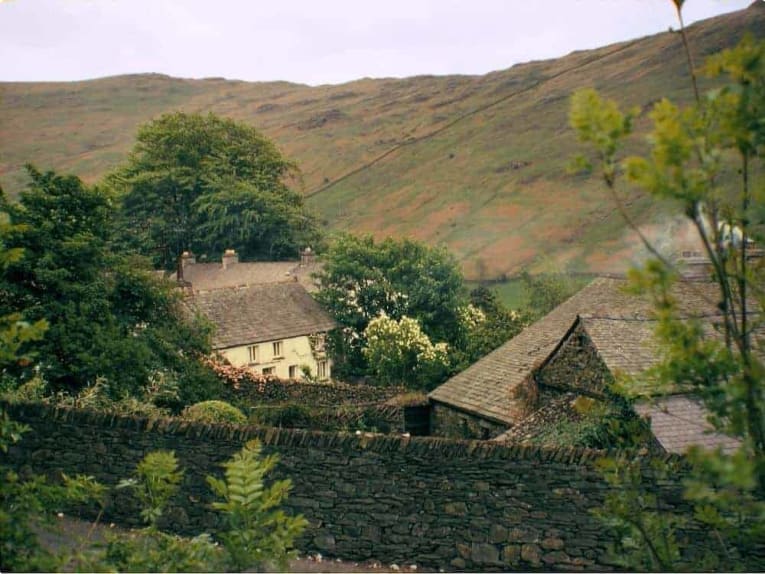
Tourism in the Lake District
Tourism in the Lake District began in the late-eighteenth century. Previously, it had been considered too wild and desolate. While untouched peaks and craggy valleys inspired the imaginations of previous Britons, it was for the most part uninhabited and inhospitable to travelers. Daniel Defoe summed up perspectives on the Lake District in 1724 when he called it the “wildest, most barren and frightful of any that I have passed over in England.”
Eighteenth-Century Visitors to the Lake District
However, in the late eighteenth-century, attitudes towards the lakes began to change. In 1778, Father Thomas West published A Guide to the Lakes, in which he recommended the best spots for visitors to take in the landscape.
By the turn of the century, the Industrial Revolution meant that cities were increasingly polluted and unpleasant, and travellers began to see the natural world as a place to restore health.
The same period also saw the beginnings of the Romantic movement in literature and art. In contrast to the Enlightenment ideas that dominated the 18th century, which emphasised rationality and looked to the classical world of Ancient Greece and Rome, the Romantics stressed the individual, and saw intense emotion as the source of true art. For William Wordsworth, one of the most important English Romantic poets, poetry was the ‘spontaneous overflow of powerful feelings’.
At the centre of Romantic art was the love of nature. They did not care for the classical, ordered gardens of their predecessors, and found beauty in nature at its most wild and untamed. The Lake District, once seen as desolate, attracted many of the Romantics because of its rugged scenery.
Before long, the writings of poets such as Wordsworth, Robert Southey, and Samuel Taylor Coleridge were promoting the beauty and splendour of the landscape to a nation eager to escape the growing cities. In 1799, Wordsworth and his sister Dorothy moved to Dove Cottage, in the Lake District town of Grasmere, where they would live for over eight years.
Wordsworth, who had grown up in the region, emphasised the natural beauty of the lakes in many of his poems, perhaps encapsulated best by his most famous poem, ‘I wandered lonely as a cloud’ which begins:
I wander’d lonely as a cloud
That floats on high o’er vales and hills,
When all at once I saw a crowd,
A host, of golden daffodils;
Beside the lake, beneath the trees,
Fluttering and dancing in the breeze.
Wordsworth was determined to protect the Lake District from encroaching industrialisation, and campaigned against a proposed train line. At the same time he wished to share the beauty of his home with responsible visitors, and in 1820 published A Guide through the District of the Lakes in the North of England, which sold rapidly. His readers were eager to experience the sites described for themselves, and take in the sublime landscapes he evoked. Indeed, Wordsworth’s evocative description of the area generated a great deal of tourism in subsequent years. Political unrest across Europe in this period motivated wealthy Britons to explore the interior, instead of heading overseas for Grand Tours.
Other Romantic poets such as Wordsworth’s friend, Samuel Taylor Coleridge, took a different perspective. Unlike Wordsworth, who found solace in the lakes, Coleridge emphasised the gothic elements, the dramatic and craggy landscape.

Daytrippers in the Lake District England
The expanding British railway network had an enormous impact on tourism in the nineteenth century. In 1847, the railway was extended to Windermere, which made short day trips possible from many parts of the UK. In later years, extensions to Lakeside and Keswick made the area even more accessible to tourists. These new transport possibilities allowed for an easy day’s return journey from cities such as Newcastle, Manchester, and Liverpool.
At the same time, improved conditions for Britain’s working classes allowed a new subsection of British society to enjoy the Lake District. Various gains in labour conditions – including a shorter working week, paid holidays and sick leave, and higher wages – allowed the working class to experience the area. In the twentieth century, motorways and private car ownership made a day Lake District tour even more accessible to visitors.
Further promoting the region was the popularity of Arthur Ransome’s Swallows and Amazons series. Published between 1930 and 1947, the novels captured the imagination of children across Britain. The stories focus on the Walker Family, who sail a dinghy named Swallow, and the Blackett children, who sail a dinghy called Amazon. With the Walkers considering themselves explorers and the Blacketts pirates, adventures naturally ensue.
The series has been adapted into films in 1973 and 2016. Though fictional, the locations in the book are clearly derived from real places in the Lake District: the lake that the children sail on is based on Lake Windermere, while the surrounds are based on the countryside around Coniston Water. The Swallows and Amazons series continues to attract tourists to the Lake District today.
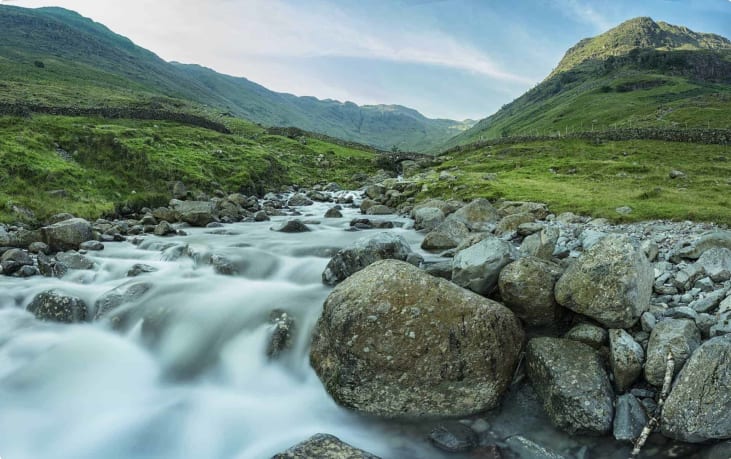
The Lake District Today
The spectacular scenery and stunning views of the Lake District continue to attract tourists today. On the shores of Lake Windermere are the quaint country towns of Ambleside and Windermere, packed full of local shops, cafes and restaurants to walk around and explore Engand’s lake district. Hire a boat and, like the Swallows and Amazons children, paddle around the lake.
For literature fans, a visit to Dove Cottage in Grasmere, where William and Dorothy Wordsworth lived, is also a must. The humble cottage, surrounded by natural beauty, was a great inspiration to Wordsworth. Today, the cottage remains mostly unchanged, allowing visitors to immerse themselves in the lives of the Wordsworths.
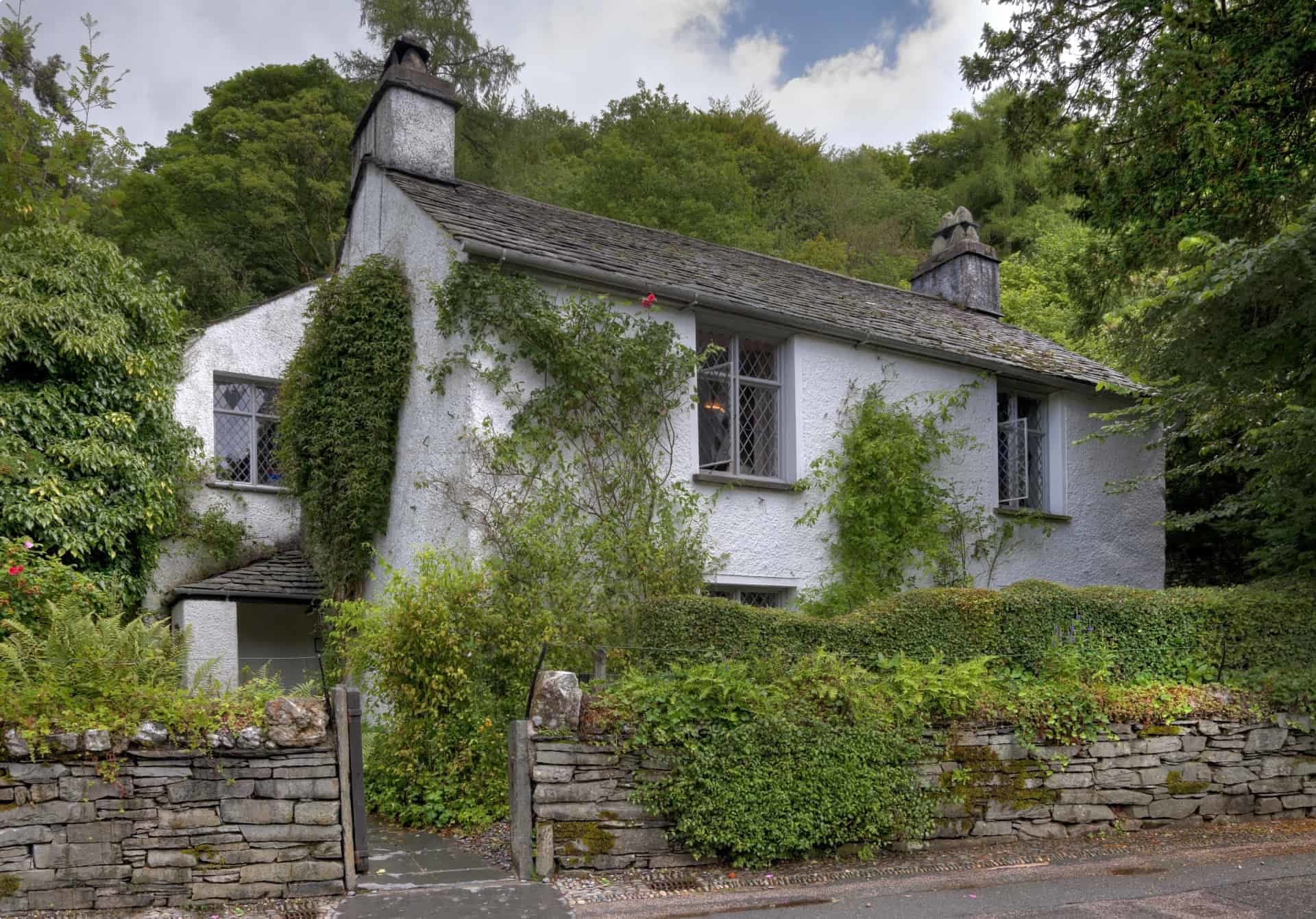
For those looking to escape the man-made world, the Lake District is also home to numerous walking trails that cater to varying abilities, ranging from an easy walk to a hike. Also essential for walkers is the nearby Yorkshire Dales National Park. Here the landscape is more rugged, a limestone plateau with scattered dwarf trees and other unusual plants. Look for the ancient stone walls – the largest man-made feature in Yorkshire, measuring over 8000 km in total. While dating walls is not easy, some are believed to have been built as long ago as the Bronze Age.
Odyssey Tours to the Lake District
Odyssey is offering travellers an unforgettable experience of Ireland and the Lake District England through our popular Small Group Walking Tour for Retirees. This eighteen-day walking holiday tour has been specially designed to cater to the active senior. The tour offers a guided walking tour through the beautiful countryside of Ireland, Northern Ireland and Northern England including Lake District National Park. Together, we spend up to five nights in each locality and head out each day for a walk to explore the surrounding area in some depth following a set walking route. A good level of fitness is required for this walking tour, but the effort expended will be well rewarded. Walking tours Lake district England and walking holiday in Ireland will provide you with spectacular scenery and visits to many hidden gem(s) in England’s lake district.
Our tour begins in Eire (the Republic of Ireland). It then continues on in the UK’s Northern Ireland, the Lake District England, before finishing in the Yorkshire Dales National Park. These regions each provide dramatic and unique scenery. Each one contains remote wilderness areas waiting to be explored, along with fascinating, living history and picturesque villages. There is something on this tour of Lake District for almost everyone.
For more details, and a full itinerary, please visit this link. You may also be interested in our popular small group tour, “Discovering the art and literature of England; Jane Austen, Shakespeare.” You can find more details on this tour here.
The Lake District, discover more!
If you’re curious to learn more about the Lake District England, take a look at our article on The Lake District Poets. Other useful resources include:
The Guardian: A Guide to Cumbria and the Lake District
New York Times: The Other Wordsworth
NYT: In English Lake District, Tradition and Conservation Clash

Originally published on November 24, 2017.
Updated on November 7, 2019.
Updated 7th September 2021.
Related Tours
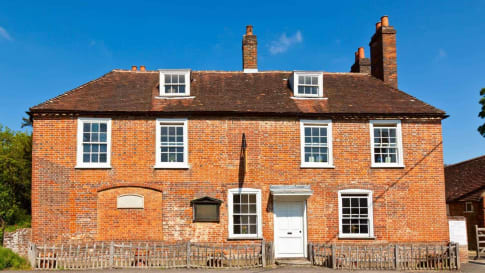
22 days
AugDiscovering the art and literature of England: Jane Austen, Shakespeare, and more
Visiting England
Stratford upon Avon, Shakespeares birthplace and Anne Hathaway's cottage as well as the Lake district a UNESCO World site and Dicken's London are part of guided tour for a small group tour of like minded people learning about the art and literature of England. Your tour leader and local guides share day tour itineraries to create a unique travel experience.
From A$17,765 AUD
View Tour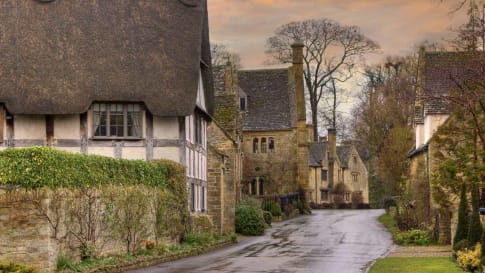
19 days
Jun, SepEngland’s villages small group history tours for mature travellers
Visiting England
Guided tour of the villages of England. The tour leader manages local guides to share their knowledge to give an authentic experience across England. This trip includes the UNESCO World heritage site of Avebury as well as villages in Cornwall, Devon, Dartmoor the border of Wales and the Cotswolds.
From A$16,995 AUD
View Tour
25 days
AugIreland and Lake District walking small group tour
Visiting England, Ireland
A guided small group tour for senior walkers that starts in the capital of Ireland, Dublin. This escorted tour with local guides also explores the Giant's causeway, a UNESCO World heritage site. It transfers from Ireland to Scotland to head to walk in the National park of the Lake district.
From A$14,850 AUD
View Tour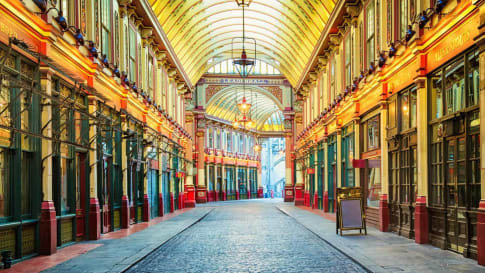
21 days
Sep, JunQueen Victoria's Great Britain: a small group tour
Visiting England, Scotland
A small group tour of England that explores the history of Victorian Britain. This escorted tour spends time knowledgeable local guides with travellers in key destinations in England and Scotland that shaped the British isles in this period including a collection of UNESCO world heritage locations.
From A$15,880 AUD
View Tour22 days
AugRoman Britain
Visiting England
On this small group tour explore with a tour director and local guides the world of Roman Britain. The Romans occupied Britain for some 400 years and left behind a lasting legacy from roads Hadrian's wall to Roman Baths many are UNSECO World heritage listed.
From A$13,855 AUD
View Tour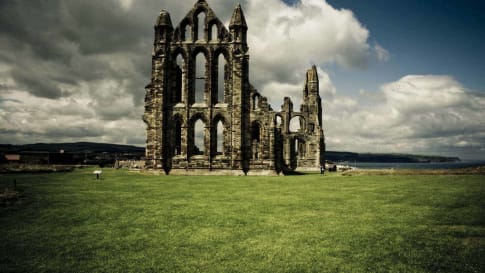
22 days
Sep, JunRural Britain | Walking Small Group Tour
Visiting England, Scotland
A walking tour into England, Scotland and Wales provides small group journeys with breathtaking scenery to destinations such as Snowdonia national park , the UNESCO world heritage site Hadrians wall and the lake district. each day tour provides authentic experiences often off the beaten path from our local guides.
From A$15,880 AUD
View Tour
27 days
Jun, Aug, MaySmall Group Tour along the Wainwright Walking trail
Visiting England
Part of the small group tour of the British isles series, this walking tour goes west to east across England. The tour leader takes you into the national park of the UNESCO World heritage site in the Lake district and the North Yorkshire moors. This trip concludes in York. It is designed for senior walkers seeking authentic experiences.
From A$17,595 AUD
View TourRelated Articles

10 Books to Read If You Are Planning to Visit Britain
10 Books to Read If You Are Planning to Visit Britain For Odyssey Travellers, Britain has and remains a key destination in the organisation’s collection of escorted small group educational tours offered each year. For…
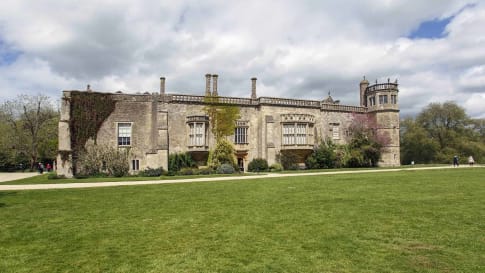
Britain’s National Trust role for successful small group history tours
Britain’s National Trust: Historic houses, gardens and natural wonders Britain is home to many attractions, many of them rich in the region’s history. Sites and artefacts are preserved beautifully, and kept safe from future development.…
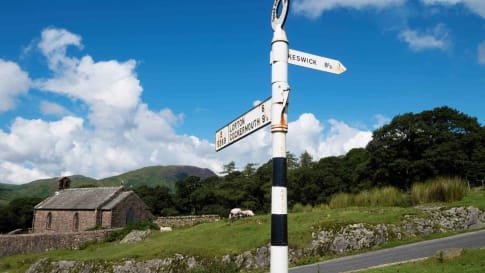
Discover the Lake District England
Article supporting senior couples and solo travellers with articles of interest about England, the romantics of the lake district. As well as tours and walks in the Lakes.
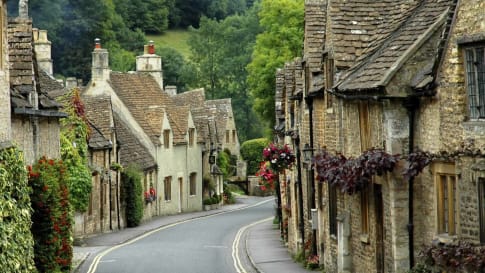
English Village History
An English Village history. Prepared for mature and senior travellers, couples or solo traveller considering joining a small group tour of England's villages.

Lumps and Bumps: How to Read the British Landscape
The British landscape has been worked and re-worked. It is secrets of this palimpsest landscape is revealed through drainage patterns and prehistoric features all the way through to the modern day. These small group tours for mature and senior travellers examine the landscape from the Neolithic, to Roman, through the seven ages of Britain in walking tours and history tours of Britain.

Questions about England
Escorted small group tours for mature and senior travellers to England. Designed for couples and solo travellers who like to explore and enjoy learning as they travel to Devon and Cornwall, Manchester or Newcastle, or learn about English villages and the romanticism of the Lake district and beyond.




